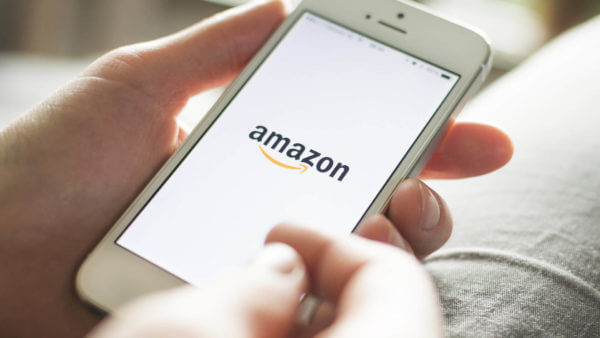Sellers start feeling the strains on Amazon’s fulfillment systems
The company has halted shipments of non-essential items to its warehouses and stopped most of its ads on Google
Amazon, which accounts for more than one-third of all e-commerce orders in the U.S. according to eMarketer, announced Monday that it intends to hire 100,000 fulfillment workers to manage the spike in orders. On Tuesday, the company notified FBA and 1P vendor sellers it is suspending shipments of non-essential products to its warehouses through mid-April to help prioritize inventory of key products such as household staples and medical supplies.
“Levels like Black Friday or Prime Day”
“We are seeing increased online shopping, and as a result, some products such as household staples and medical supplies are out of stock. With this in mind, we are temporarily prioritizing household staples, medical supplies, and other high-demand products coming into our fulfillment centers so that we can more quickly receive, restock, and deliver these products to customers,” the company wrote.
For those with inventory, sales have risen across a wide range of products over the past week “We’ve seen a significant boost in sales on Amazon . . . levels like Black Friday or Prime Day,” said Greg Mercer of Jungle Scout, an analytics tool for Amazon sellers. “From Amazon’s perspective, that would have been impossible to forecast.”
Orders for products in-stock will continue to be fulfilled. Sellers that fulfill their own orders will also still be able to do so. Amazon has extended the delivery window on existing orders as well.
Tough timing
“Why this is such a big deal is timing,” said Mercer. The move comes just as production at Chinese factories was picking back up. The majority of third-party sellers on Amazon import their goods from China. Those sellers had planned for factories to be closed for one or two weeks in January for Chinese New Year, Mercer explained. Then coronavirus hit, and factories had been offline for six to eight weeks.
“So sellers are finally starting to get their goods manufactured, now they can’t ship directly to Amazon. I’d say a lot of Amazon sellers are likely going to run out of stock on items — at least Amazon FBA,” said Mercer.
Amazon was not staffed for peak season levels. With the hiring surge, he expects the company will be ready to handle the volume at the end of the four-week hold on most shipments. “Even if the effects of coronavirus last longer than the four weeks, Amazon will ramp up by then.”
Fulfillment decisions
While some sellers are planning to fulfill orders themselves, most FBA sellers are not set up to accommodate drop-shipping direct to consumers. For those that are prepared to take the necessary steps, however, this could be an opportunity to test FBM (fulfillment by manufacturer).
“We recommend having a backup fulfillment method always ready to go in case of drastic market shifts,” said Mike Farrell, senior director of integrated digital strategy at Sidecar, a digital advertising management platform. Sellers need to consider the implications of delivery and customer service issues on their longer-term success on the platform.
“Some Seller Ratings may take an uncontrollable hit during this period of supply chain upheaval. As a result, retailers’ Buy Box eligibility could be affected,” noted Farrel, “If this impact plays out while a retailer is also switching fulfillment methods, that retailer might experience temporary customer service issues.” He’d like to see Amazon consider reducing the long-term impact of any negative ratings acquired during this period.
Advertising curtailed — on and off Amazon
“We weren’t cutting back on Amazon until now, as that is where we predicted to see all the in-store growth move to,” said Anthony Verre, VP of e-commerce at digital agency The Integer Group. “Now that the warehouses are on lockdown? We’ve paused just about everything in order to help ‘conserve’ what supply is left in the warehouses.”
Similarly, Farrell suggested sellers look at redistributing ad budgets to other channels. “Flexibility in ad budgeting is increasingly important as retailers seek to keep their businesses moving amid market changes.”
Amazon itself has cut back advertising on Google Shopping and text ads significantly, according to Tinuiti Director of Research Andy Taylor.
Amazon ad impression share for the agency’s e-commerce clients began declining in late January and is now “nearly nonexistent”, Taylor wrote in a blog post on Tuesday. “Further, Amazon appears to have also essentially turned off all of its text ads after March 11,” he wrote, “and while it maintains a very light text ad impression share against some advertisers in a scattering of categories, it has vanished altogether for many. “




